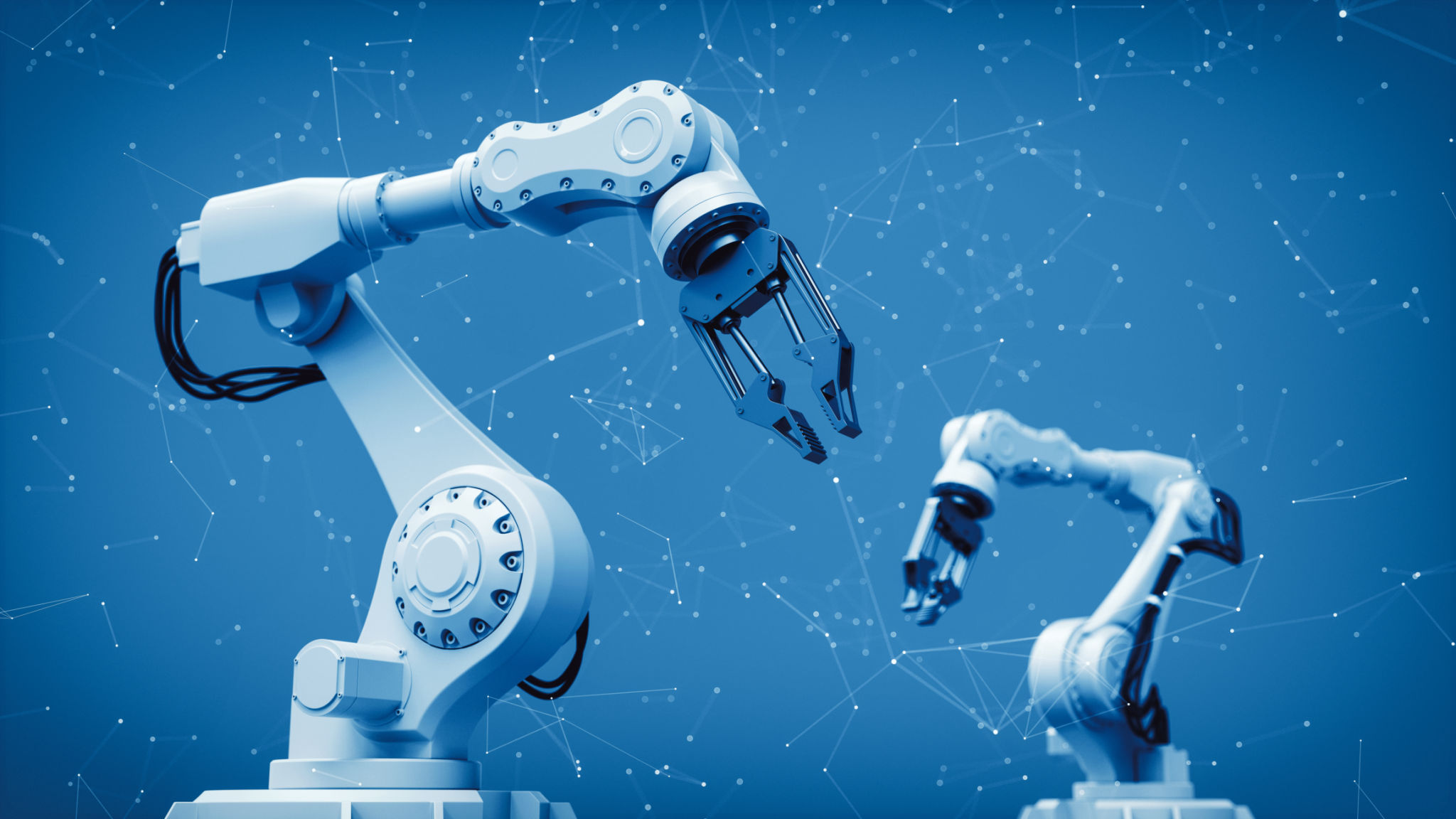The Role of Robotics in Reducing Carbon Footprints in Australia
Understanding the Impact of Robotics on Carbon Emissions
As the world grapples with the pressing issue of climate change, every country must evaluate its carbon emissions and explore effective strategies to reduce them. In Australia, robotics is emerging as a potent tool in the fight against carbon footprints. By harnessing technological advancements, industries across the continent are not only enhancing efficiency but also significantly reducing their environmental impact.
Robotics offers numerous benefits for industries aiming to go green. By automating processes, companies can minimize waste, increase precision, and decrease energy consumption. This not only reduces operational costs but also contributes to a more sustainable environment.

Robotics in Agriculture
Agriculture is one of the sectors where robotics is making a remarkable difference. In Australia, farmers are increasingly adopting robotic systems to optimize their operations. These systems help reduce the need for chemical fertilizers and pesticides, thereby decreasing harmful emissions. Furthermore, robots can work with high precision, ensuring that resources are used efficiently and sustainably.
For instance, autonomous tractors and drones are now being used to monitor crop health and soil conditions. These innovations allow farmers to implement precise farming techniques that reduce waste and improve yield without over-reliance on carbon-intensive machinery.

Manufacturing and Robotics
The manufacturing sector is another area where robotics is playing a crucial role in reducing carbon footprints. By integrating robotic systems into production lines, manufacturers can achieve higher efficiency and lower energy consumption. Robots can operate continuously without breaks, which leads to fewer errors and reduced material waste.
This kind of automation enables companies to optimize resource use, cut down on energy costs, and minimize emissions associated with production processes. As a result, manufacturing in Australia is becoming more sustainable, contributing positively to the nation's environmental goals.

Urban Development and Smart Cities
Robotics is also pivotal in the development of smart cities across Australia. By employing robotics in urban planning and infrastructure maintenance, cities can reduce their carbon emissions significantly. Smart robots are used to monitor air quality, manage waste efficiently, and optimize energy consumption in urban settings.
Additionally, robotic systems in public transportation help streamline operations, which reduces traffic congestion and vehicle emissions. This not only leads to cleaner air but also fosters a healthier living environment for city dwellers.

Challenges and Opportunities
While the integration of robotics presents numerous opportunities for reducing carbon footprints, it also comes with its share of challenges. The initial investment in robotic technology can be substantial, and there is a learning curve involved in adopting these systems. However, the long-term benefits often outweigh these initial hurdles.
Australian industries are increasingly recognizing the potential of robotics to drive sustainability. By investing in research and development, businesses can continue to innovate and find new ways to leverage technology for environmental benefit.
The Future of Robotics in Environmental Conservation
The future looks promising as robotics continues to evolve and its applications expand. With ongoing technological advancements, robots are expected to become even more efficient and accessible. This will enable a broader range of industries in Australia to adopt robotic solutions for reducing carbon emissions.
Moreover, as awareness about climate change grows, there is likely to be increased government support for initiatives that promote the use of robotics in sustainability efforts. This support could include tax incentives, grants, or subsidies that make it easier for businesses to adopt green technologies.

Conclusion
Robotics holds immense potential in transforming how industries operate while addressing environmental challenges. In Australia, these technologies are already making significant strides in reducing carbon footprints across various sectors. By embracing robotics, businesses can not only enhance their operational efficiency but also contribute positively to global efforts in combating climate change.
As we move forward, continued investment in robotic technologies and sustainable practices will be crucial. With collaborative efforts from both the public and private sectors, Australia is poised to become a leader in using robotics for environmental conservation.
